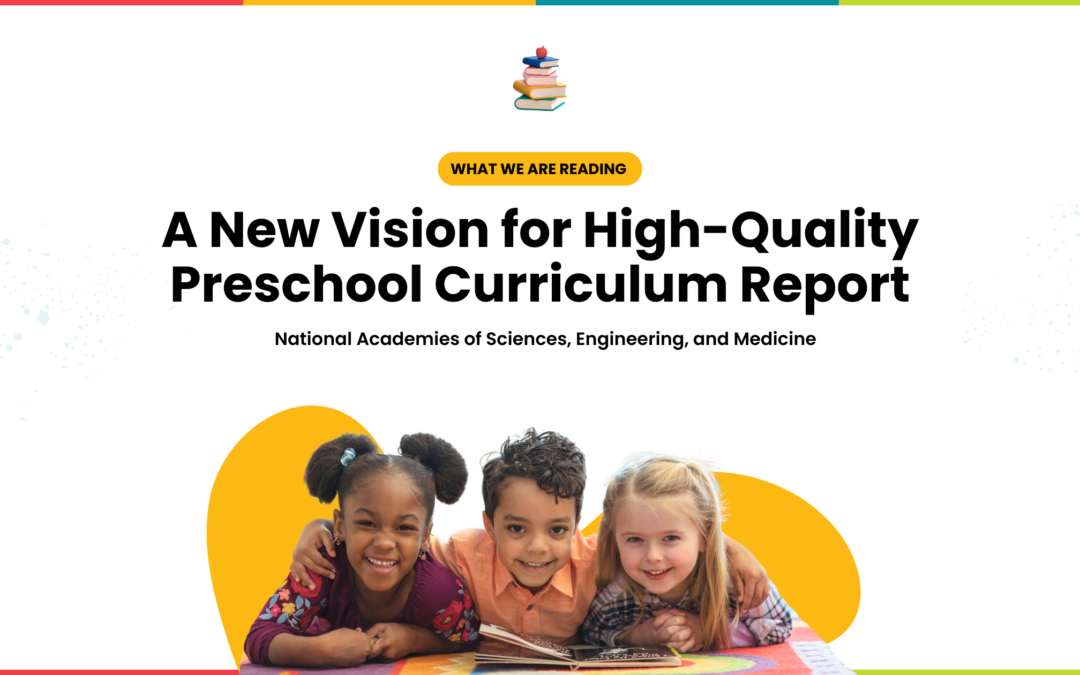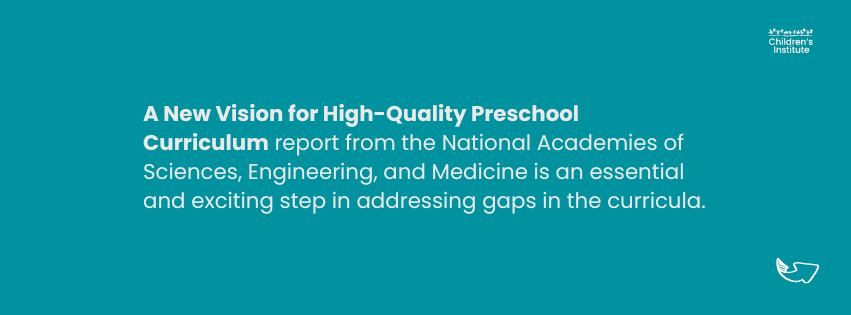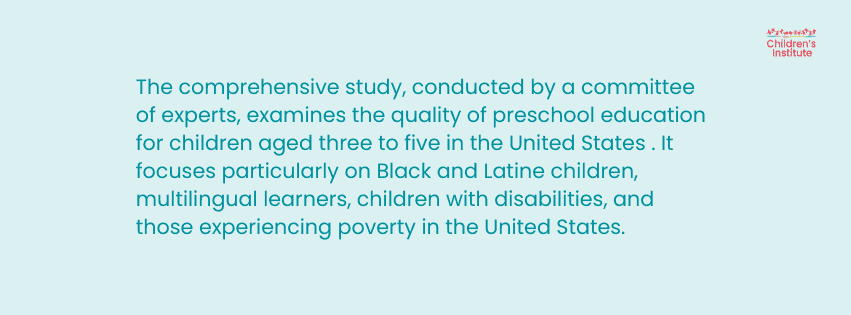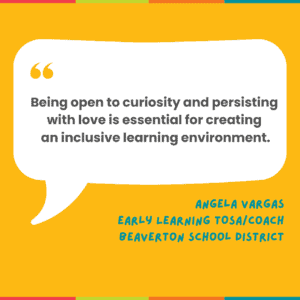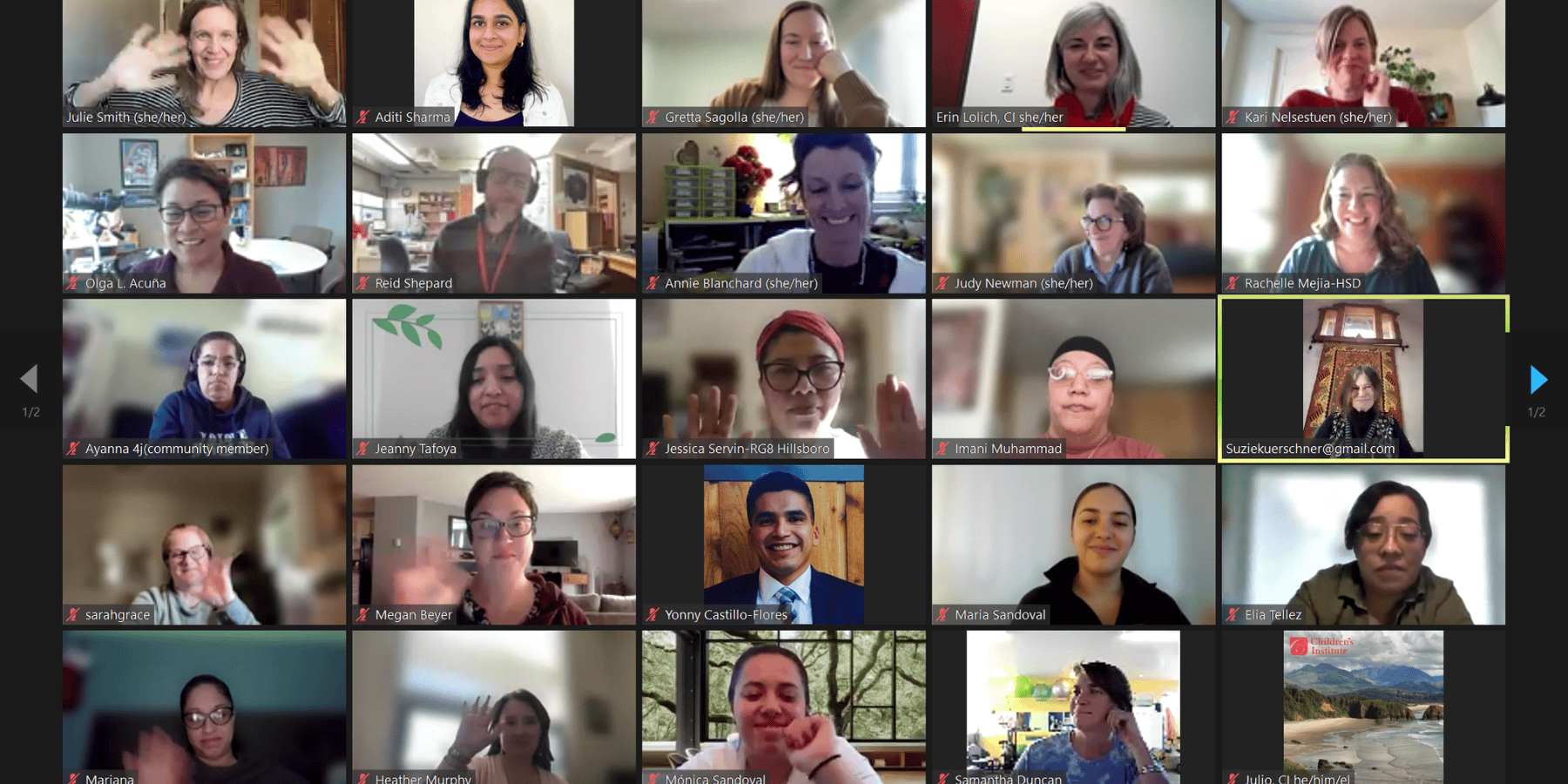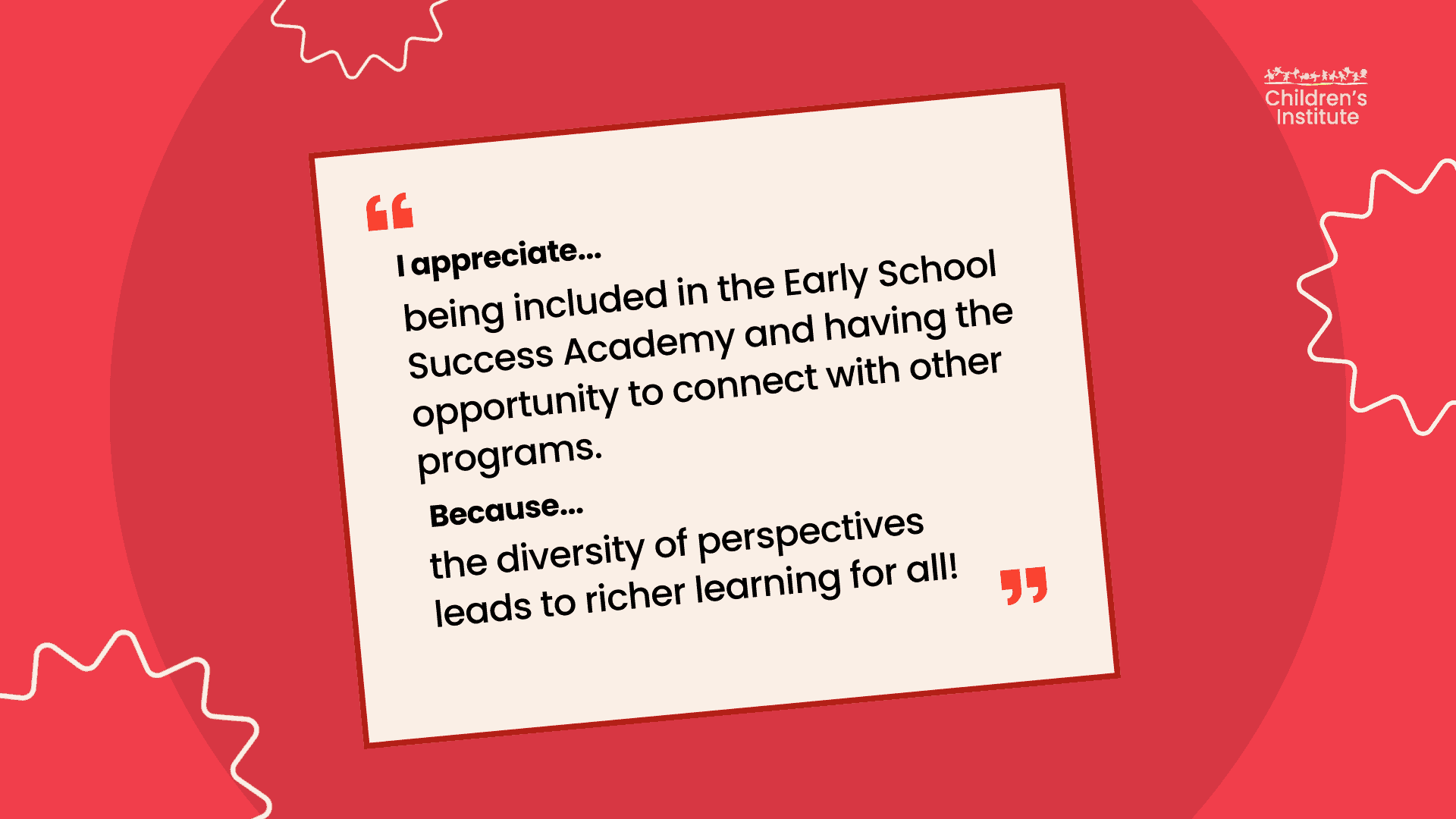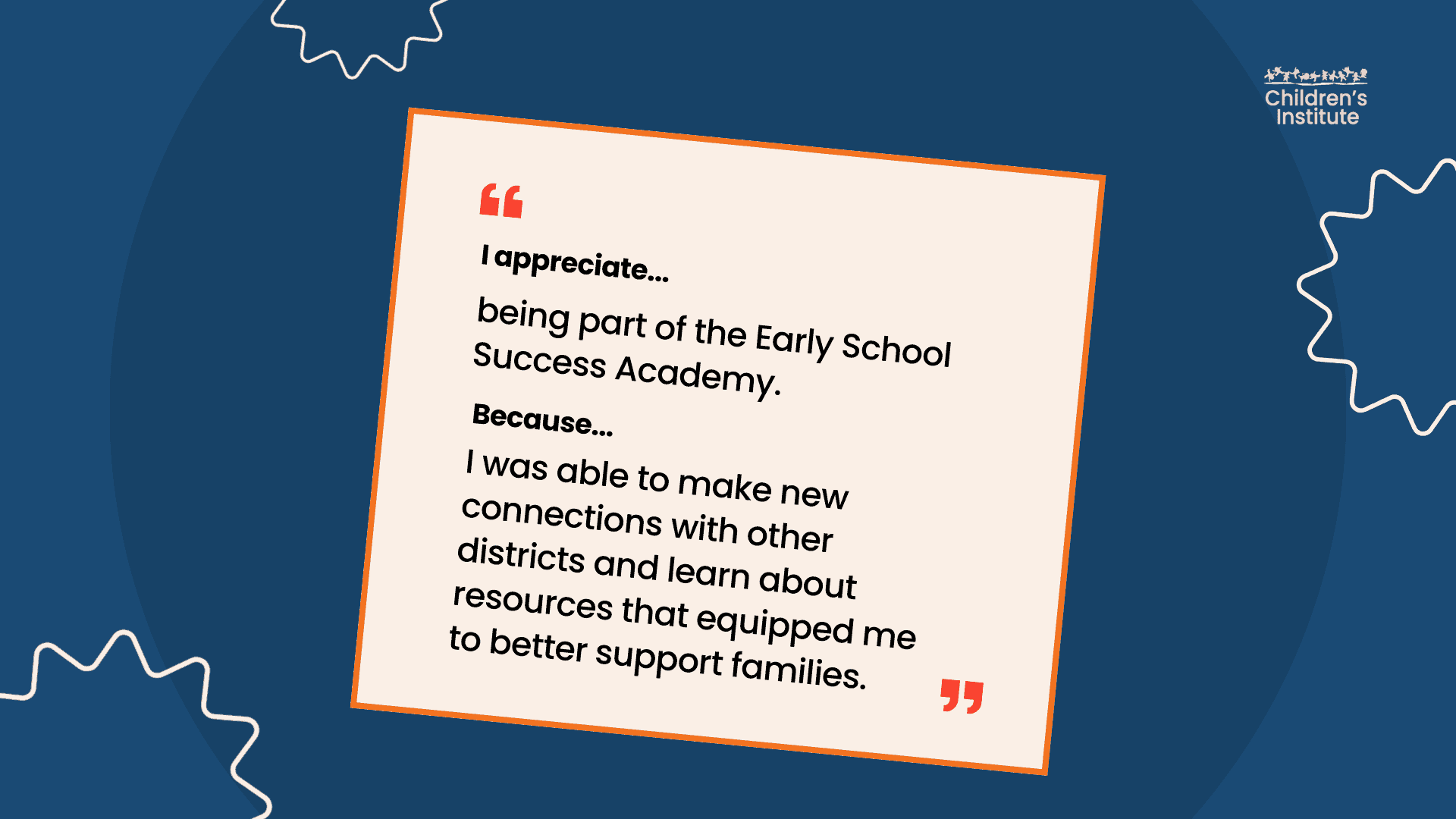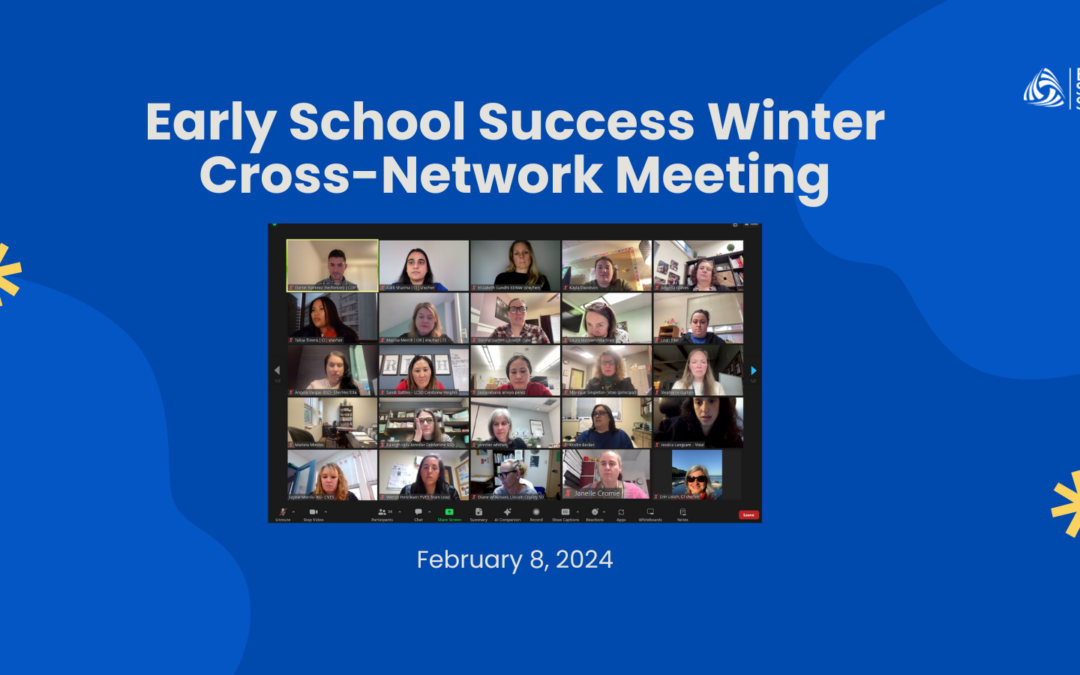
Exploring the World of Sound with Hayes Greenfield
Summary
Can you imagine a world without sound? Can you imagine a classroom of young learners exploring sound to spark creativity, learning, and play? In this segment, host Rafael Otto talks with Hayes Greenfield, the founder of Creative Sound Play, a sound-based, generative learning system for preschool students and teachers. He is also an award-winning musician, film composer, and sound artist. He has been working with young people in many ways for the past 30 years, and that includes working as a teaching artist in public and private K-12 schools. He currently teaches at places like the National Head Start Association and the Global Childhood Academy.
“When we start to become sensitive and aware and invite sound in – all of a sudden sound becomes this incredible system that you can work with and engage children with because everybody can make sound.” – Hayes Greenfield
Tune in and share!
More about The Early Link Podcast
The Early Link Podcast highlights national, regional, and local voices working in early childhood education and the nonprofit sector. The podcast is written, hosted, and produced by Rafael Otto, Children’s Institute’s director of communications.
Listen to more episodes of the Early Link Podcast here or stream on Spotify, Stitcher, Amazon Music, TuneIn, and Apple Podcasts.

